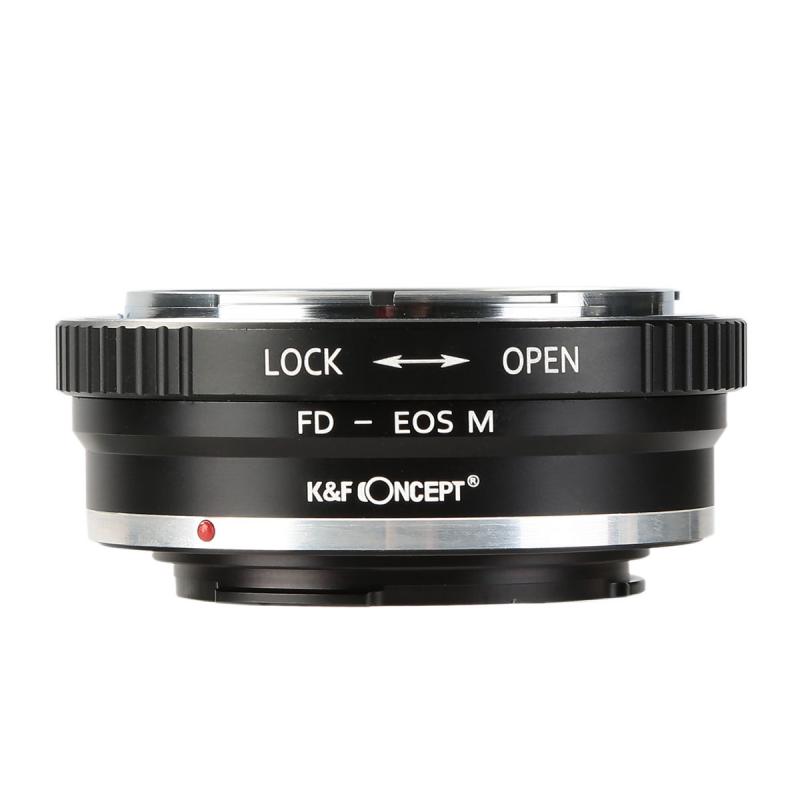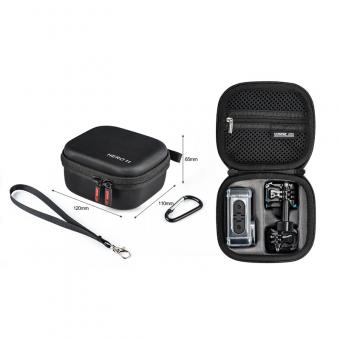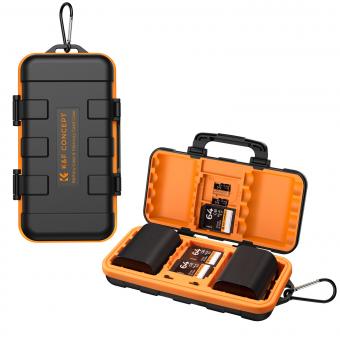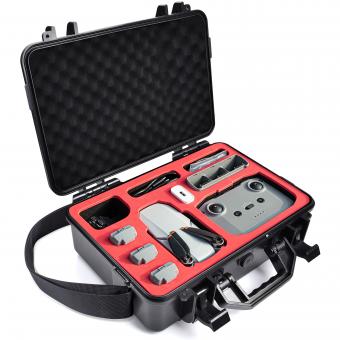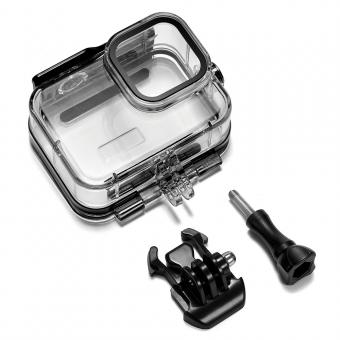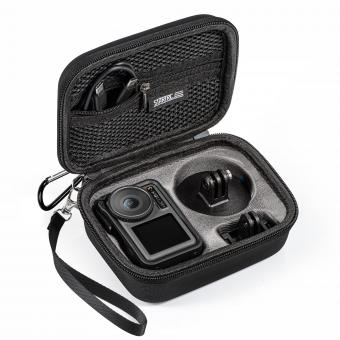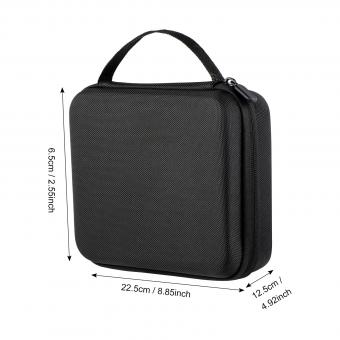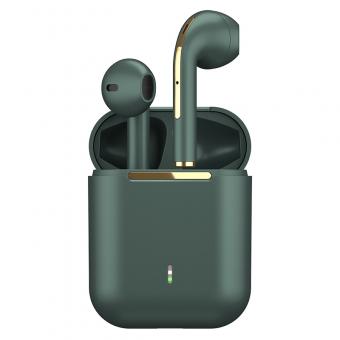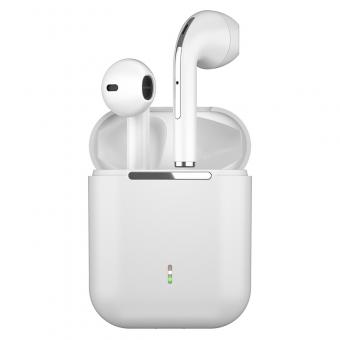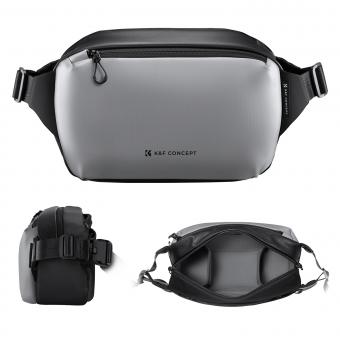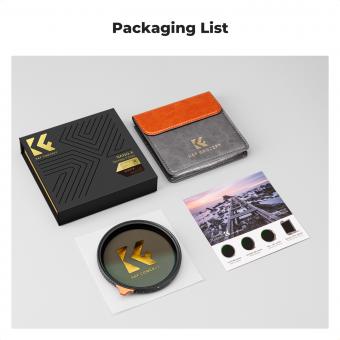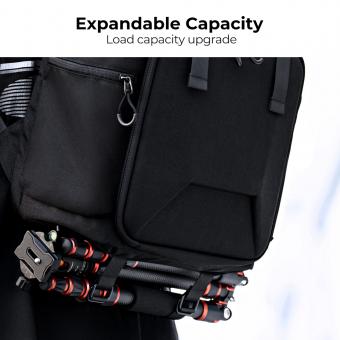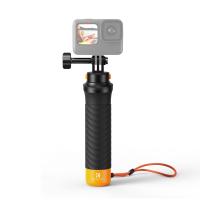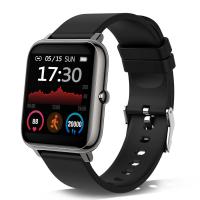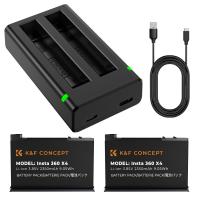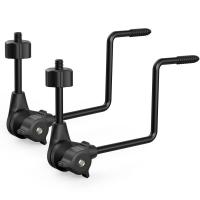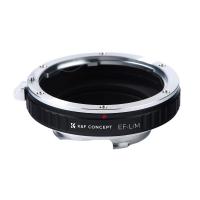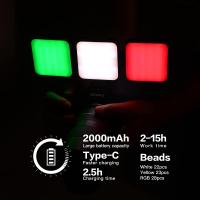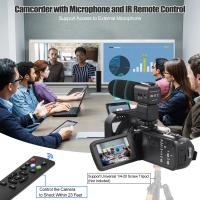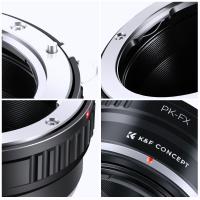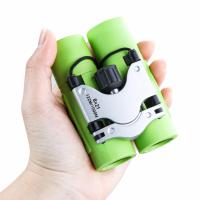How To Organise Camera Dividers In Case ?
When organizing camera dividers in a case, it is important to consider the size and shape of your camera equipment. Start by arranging the dividers in a way that creates separate compartments for each piece of equipment. Place larger items, such as camera bodies or lenses, in the center of the case and use dividers to create individual slots for each item. Smaller accessories, such as batteries or memory cards, can be placed in smaller compartments or pockets. Make sure to secure the dividers tightly to prevent any movement or shifting of the equipment during transportation. Additionally, consider labeling or color-coding the dividers to easily identify and locate specific items in the case. Regularly reassess and adjust the organization of the dividers based on your changing equipment needs.
1、 Size and shape of camera dividers for optimal organization
When it comes to organizing camera dividers in a case, there are a few key factors to consider: the size and shape of the dividers, and the optimal organization for your specific needs.
Firstly, the size of the camera dividers is crucial for efficient organization. It is important to choose dividers that are adjustable and can accommodate different camera and lens sizes. This flexibility allows you to create custom compartments that snugly fit your equipment, preventing any movement or potential damage during transportation. Additionally, dividers with Velcro attachments are highly recommended as they provide a secure and customizable solution.
The shape of the dividers is also important for optimal organization. Dividers that are rectangular or square-shaped are versatile and can be easily rearranged to fit various camera gear configurations. Some dividers even come with pre-cut perforations, allowing you to create custom shapes to perfectly fit your equipment.
To achieve optimal organization, consider the frequency of use for each piece of equipment. Place frequently used items in easily accessible compartments, while less frequently used items can be stored in the deeper sections of the case. This will ensure that you can quickly and efficiently access the gear you need without having to dig through the entire case.
Furthermore, it is beneficial to group similar items together. For example, keep lenses together in one section, camera bodies in another, and accessories such as batteries and memory cards in separate compartments. This not only helps with organization but also makes it easier to locate specific items when needed.
Lastly, it is important to regularly reassess and adjust the organization of your camera dividers as your gear collection evolves. As new equipment is added or old gear is replaced, take the time to rearrange the dividers to accommodate the changes. This will help maintain an efficient and organized system.
In conclusion, organizing camera dividers in a case requires considering the size and shape of the dividers, as well as the optimal organization for your specific needs. By selecting adjustable dividers, grouping similar items together, and regularly reassessing the organization, you can ensure that your camera gear is well-protected and easily accessible.

2、 Arranging dividers based on camera and accessory types
When it comes to organizing camera dividers in a case, there are a few different approaches you can take. One effective method is arranging dividers based on camera and accessory types. This allows for easy access and ensures that everything is neatly organized.
First, start by categorizing your equipment. Separate your cameras from your lenses, and your lenses from your accessories such as batteries, memory cards, and filters. This will help you identify the different types of dividers you will need.
Next, consider the size and shape of your equipment. Some dividers may need to be adjusted or removed to accommodate larger items. It's important to find a balance between protecting your gear and maximizing the space in your case.
Once you have categorized and sized your equipment, arrange the dividers accordingly. Place the dividers between each camera body and lens to prevent them from scratching against each other. You can also use dividers to create compartments for your accessories, ensuring they are easily accessible.
Consider the frequency of use for each item. Place the most frequently used equipment in the most accessible areas of the case. This will save you time and effort when you need to quickly grab a specific camera or accessory.
Lastly, regularly reassess and adjust your organization system as your equipment collection grows or changes. This will help you maintain an efficient and organized camera case.
In conclusion, arranging dividers based on camera and accessory types is an effective way to organize your camera case. It allows for easy access, protects your gear, and maximizes space. Regularly reassessing and adjusting your organization system will ensure that your camera case remains efficient and organized.
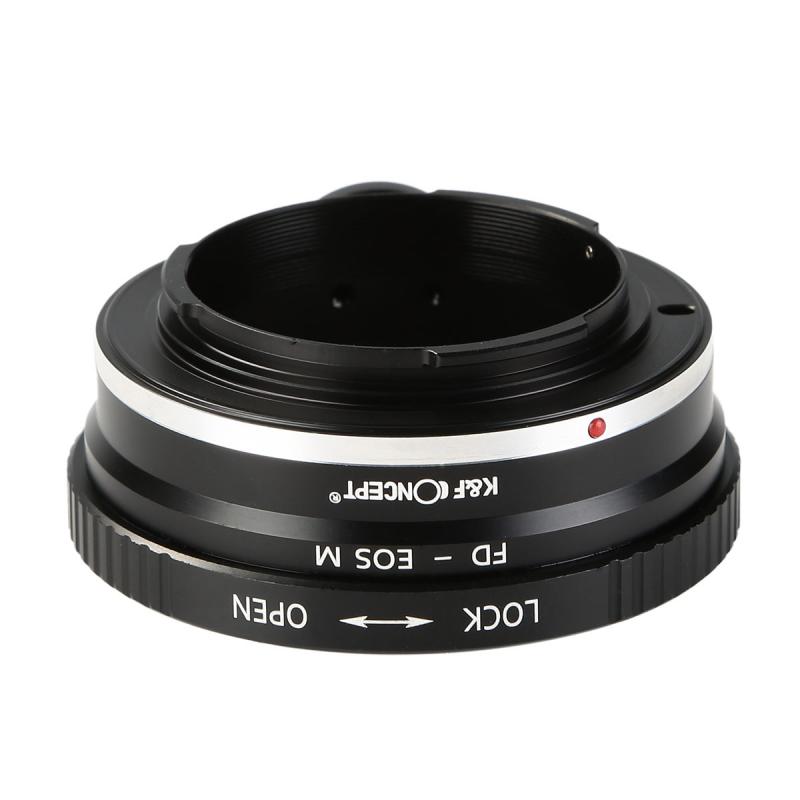
3、 Utilizing adjustable dividers for flexible organization options
Utilizing adjustable dividers for flexible organization options is a great way to organize camera dividers in a case. These dividers allow you to customize the interior of your case to fit your specific camera gear and accessories, ensuring that everything is neatly organized and protected.
To begin organizing your camera dividers, start by assessing the size and shape of your camera equipment. Determine which items need to be stored together and which ones should be kept separate. This will help you decide how many dividers you need and where they should be placed.
Next, insert the dividers into the case, creating compartments for each piece of equipment. The adjustable nature of these dividers allows you to easily change the configuration as needed. For example, if you acquire new camera gear or accessories, you can simply readjust the dividers to accommodate the additional items.
Consider grouping similar items together, such as lenses, camera bodies, and accessories. This will make it easier to locate specific items when you need them. Additionally, you can use smaller dividers to create pockets for smaller accessories like memory cards, batteries, and cables.
It's also helpful to label each compartment or pocket to further enhance organization. This can be done using adhesive labels or by using a label maker. By labeling each section, you can quickly identify the contents of each compartment without having to search through the entire case.
Lastly, regularly reassess and reorganize your camera dividers to ensure that they continue to meet your needs. As your camera gear collection grows or changes, you may need to adjust the dividers accordingly.
In conclusion, utilizing adjustable dividers for flexible organization options is an effective way to organize camera dividers in a case. By customizing the interior of your case to fit your specific camera gear and accessories, you can ensure that everything is neatly organized and protected. Regularly reassessing and reorganizing your dividers will help you maintain an efficient and functional system for your camera equipment.
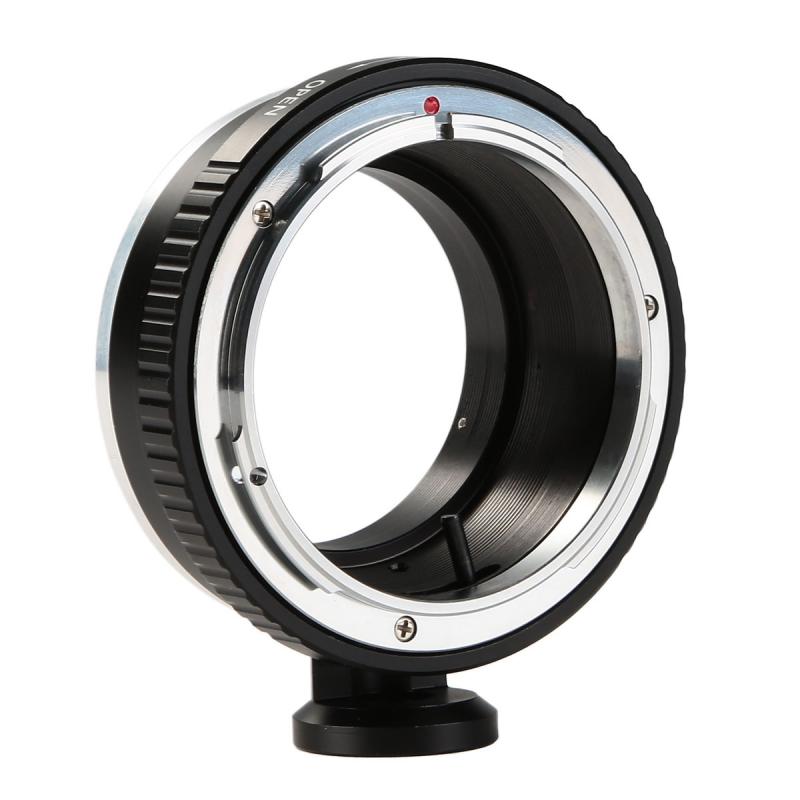
4、 Grouping dividers by function or usage for easy access
When it comes to organizing camera dividers in a case, one effective approach is to group them by function or usage for easy access. This method allows photographers to quickly locate the specific dividers they need without wasting time searching through a jumble of dividers.
To begin, it is helpful to categorize dividers based on their purpose. For example, one can group dividers for lenses together, dividers for camera bodies in another section, and dividers for accessories like batteries and memory cards in a separate area. This way, when a photographer needs to access a specific item, they can go directly to the corresponding section without any confusion.
Within each category, dividers can be further organized based on size or type. For instance, lenses can be arranged from smallest to largest or grouped by focal length. Camera bodies can be organized by model or by the type of camera (e.g., DSLR or mirrorless). Accessories can be sorted by function, such as batteries in one section and memory cards in another.
To make the organization even more efficient, consider labeling each section or divider. This can be done using tags, stickers, or even color-coding. By doing so, photographers can easily identify the contents of each section, saving time and effort.
In the latest point of view, some photographers also find it helpful to invest in customizable dividers that can be adjusted to fit different camera gear. These dividers often have Velcro attachments, allowing for easy reconfiguration as equipment needs change. This flexibility ensures that the case can adapt to different gear setups and accommodate new additions.
In conclusion, organizing camera dividers in a case by grouping them according to function or usage is a practical and efficient method. By categorizing dividers and labeling sections, photographers can easily locate the specific items they need, saving time and ensuring that their camera gear is well-organized and protected.
